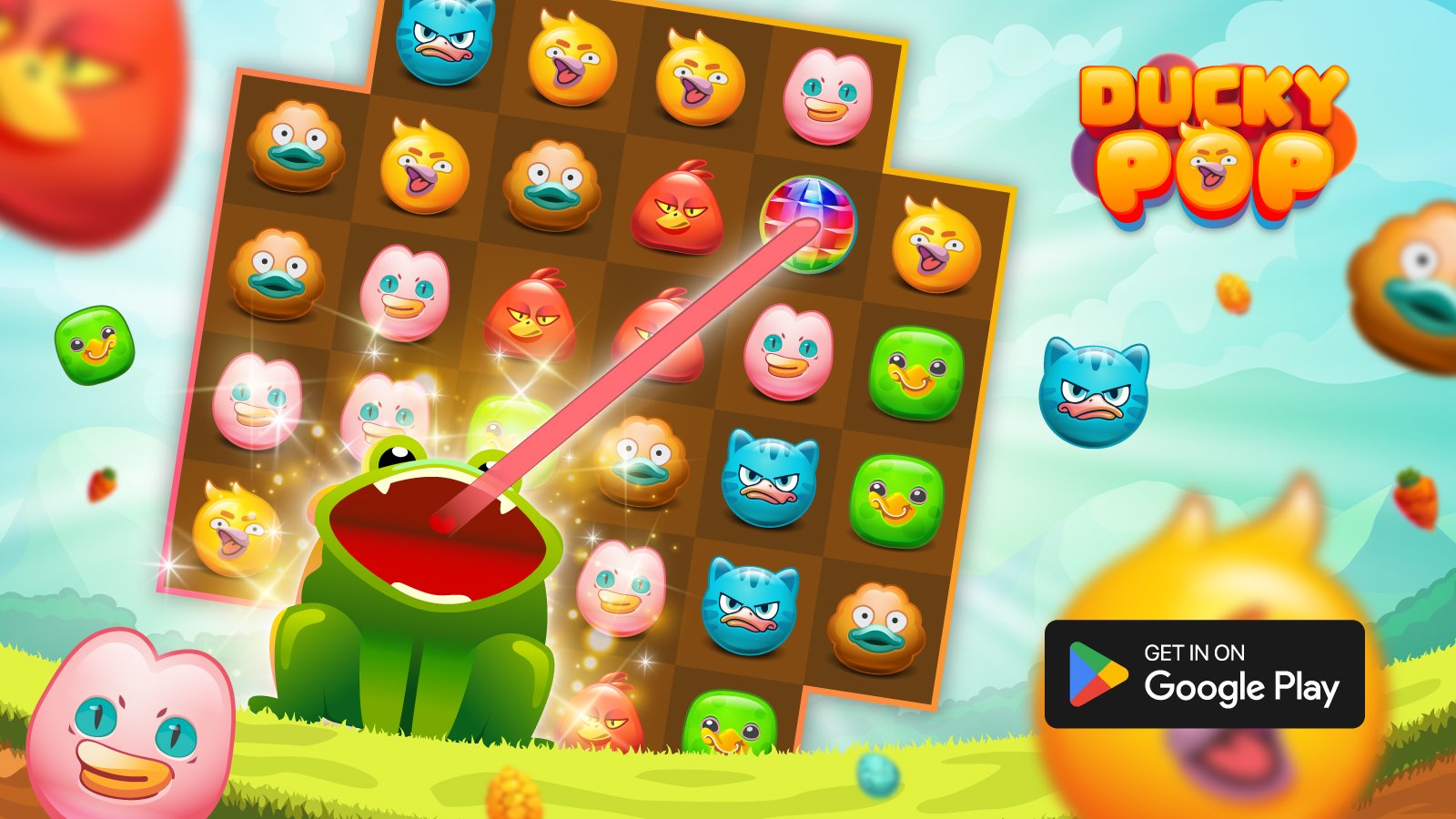
Web2 vs. Web3 Games: Apa yang Harus Diketahui Gamer Tentang Evolusi Digital Gaming
08 Nov 2024Introduction
Digital gaming has come a long way since its inception, evolving from simple console and arcade games to immersive online experiences that connect millions of players worldwide. The latest frontier in gaming, known as Web3, promises to revolutionize how players interact, own assets, and participate in game ecosystems. But how does it differ from Web2 gaming, which most players are familiar with today? Let’s explore the differences and what they mean for gamers looking forward to the future of digital gaming.
What Are Web2 Games?
In the current landscape, most games are considered Web2. This refers to games developed within a centralized model, where players access them through platforms like Steam, Epic Games Store, or mobile app stores. Web2 games often require players to log in, create accounts, and play through centralized servers controlled by the game developers or publishers.
While players can earn items, weapons, or in-game currency, these assets are usually locked within the game itself. Players can use or trade them only as allowed by the game's terms and conditions, and they cannot transfer these assets outside the game. This model has been effective for years, offering consistent gameplay experiences but limited ownership or autonomy over in-game items.
Key Features of Web2 Games:
-
Centralized Ownership: Developers or publishers control everything, from game servers to in-game assets.
-
Limited Player Ownership: While players earn in-game assets, they rarely own them in the true sense.
-
Monetization Through Microtransactions: Many Web2 games use microtransactions, subscriptions, or downloadable content (DLC) to generate revenue.
-
Strict Rules and Policies: Trading or transferring items outside the game's ecosystem is often restricted.
What Are Web3 Games?
Web3 games, on the other hand, are built using blockchain technology. This technology decentralizes ownership and management, offering players greater control over in-game assets. In a Web3 game, items like characters, weapons, and other assets can exist as NFTs (non-fungible tokens) on a blockchain. This means players genuinely own these assets, which they can sell, trade, or even transfer between compatible games. Ownership of these assets is transparent and verifiable on the blockchain, offering players full autonomy.
Another unique feature of Web3 games is the play-to-earn model. Players can earn cryptocurrency or tokens as they play, which has actual monetary value outside the game. This creates new economic opportunities for gamers and allows them to monetize their time and skill.
Key Features of Web3 Games:
-
Decentralized Ownership: Players can fully own and control their in-game assets.
-
Interoperability of Assets: Items can be transferred or used in other games within the same blockchain network.
-
Play-to-Earn Model: Players can earn real-world value from in-game activities.
-
Transparent and Fair Systems: Blockchain technology ensures that assets and transactions are securely recorded, reducing fraud and increasing transparency.
Comparing Web2 and Web3 Games
Benefits and Challenges of Web3 Games
While Web3 games offer exciting benefits like asset ownership, earning potential, and freedom for players, they also come with challenges. Blockchain technology is still relatively new, and Web3 games face issues such as scalability, transaction fees, and regulatory uncertainty. Moreover, traditional gamers may find it complex to navigate cryptocurrency wallets or manage blockchain-based assets.
However, developers are working hard to make Web3 games more accessible, with user-friendly platforms and lower transaction fees. As the technology evolves, it’s expected that Web3 games will become as easy to use as traditional Web2 games.
The Future of Digital Gaming
The evolution from Web2 to Web3 is still in its early stages, and both models are likely to coexist in the future. Traditional games may incorporate blockchain elements, while Web3 games will aim to improve usability and scalability. As more players become familiar with the benefits of asset ownership and earning potential, Web3 gaming could redefine how players interact with virtual worlds, offering a new level of autonomy and freedom.
For gamers, the choice between Web2 and Web3 games will come down to preference, but understanding the unique benefits of each will enable them to make informed decisions and get the most out of their gaming experiences.




